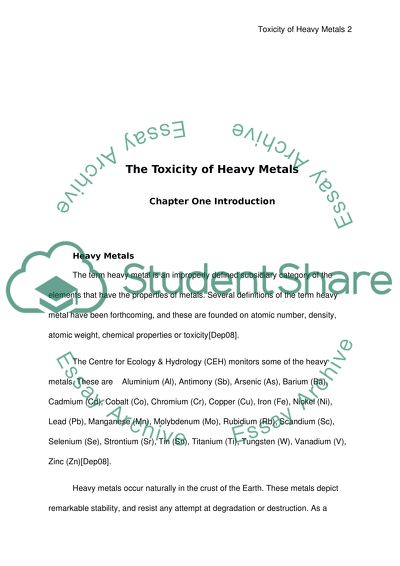Cite this document
(“Toxicity from Heavy Metals Dissertation Example | Topics and Well Written Essays - 5000 words”, n.d.)
Retrieved from https://studentshare.org/environmental-studies/1404567-toxicity-from-heavy-metals
Retrieved from https://studentshare.org/environmental-studies/1404567-toxicity-from-heavy-metals
(Toxicity from Heavy Metals Dissertation Example | Topics and Well Written Essays - 5000 Words)
https://studentshare.org/environmental-studies/1404567-toxicity-from-heavy-metals.
https://studentshare.org/environmental-studies/1404567-toxicity-from-heavy-metals.
“Toxicity from Heavy Metals Dissertation Example | Topics and Well Written Essays - 5000 Words”, n.d. https://studentshare.org/environmental-studies/1404567-toxicity-from-heavy-metals.


